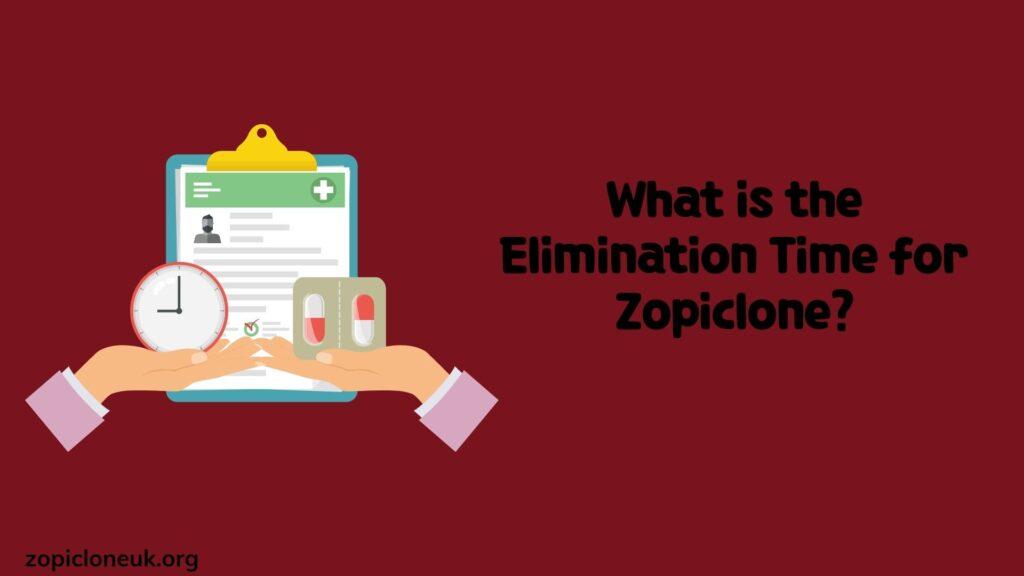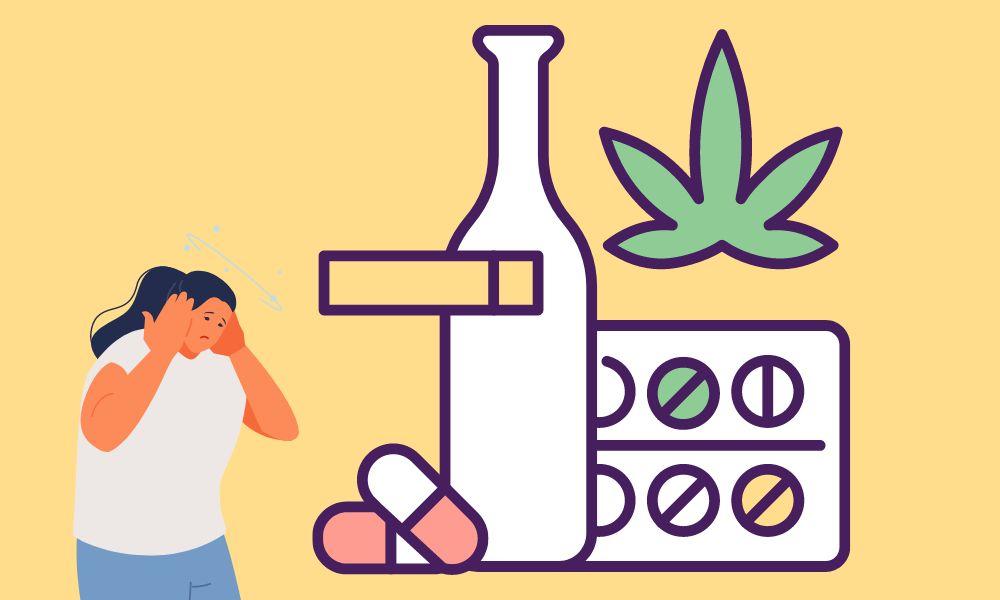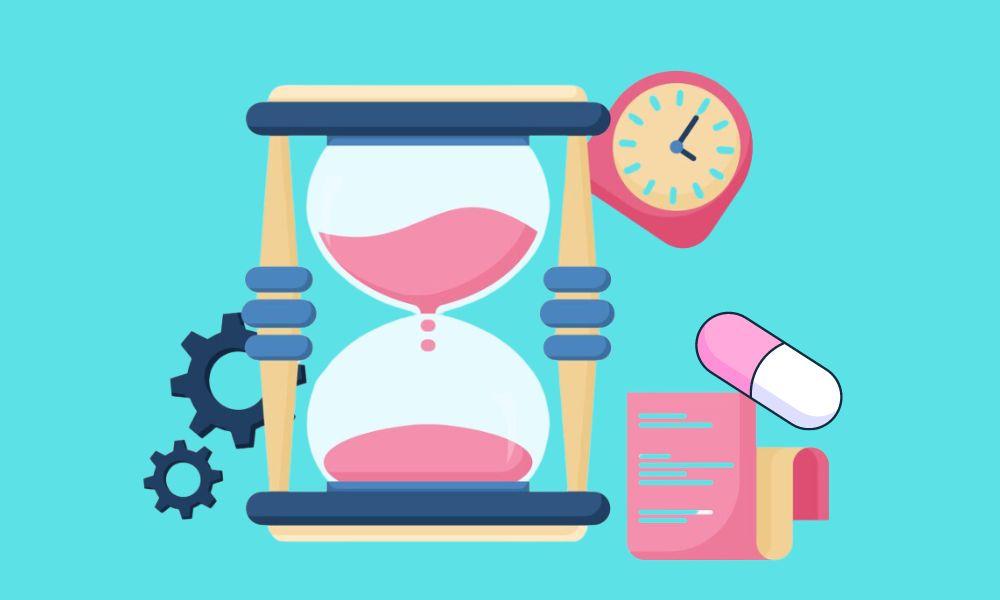
What is the Elimination Time for Zopiclone:- Understanding the elimination time of Zopiclone is essential for individuals using this medication to manage insomnia. Zopiclone, commonly known by its brand name Imovane, is a non-benzodiazepine hypnotic agent used to treat severe insomnia on a short-term basis. In this detailed guide, we will explore the elimination time of Zopiclone, the factors that affect its clearance from the body, and other important considerations.
Contents
The Pharmacokinetics of Zopiclone
Zopiclone is rapidly absorbed after oral administration, with peak plasma concentrations occurring within 1.5 to 2 hours. The drug is metabolized primarily in the liver, producing several metabolites. The most significant of these metabolites are N-desmethylzopiclone and zopiclone-N-oxide, both of which have minimal pharmacological activity compared to the parent compound.
Elimination Half-Life of Zopiclone
The elimination half-life of a drug is the time it takes for the concentration of the drug in the plasma to reduce by half. For Zopiclone, the elimination half-life is approximately 5 hours. This means that within 5 hours, the concentration of Zopiclone in the bloodstream will be reduced by 50%. However, this is an average value, and individual variations can occur.
Factors Influencing Elimination Time
Several factors can influence the elimination time of Zopiclone from the body:
- Age: Elderly individuals may have a prolonged elimination half-life due to decreased liver and kidney function.
- Liver Function: Impaired liver function can significantly affect the metabolism of Zopiclone, leading to a longer elimination time.
- Kidney Function: Since Zopiclone and its metabolites are excreted via the kidneys, impaired kidney function can delay the elimination process.
- Dosage: Higher doses of Zopiclone can result in a longer elimination time as the body processes a larger quantity of the drug.
- Drug Interactions: Concurrent use of other medications that affect liver enzymes can alter the metabolism and elimination of Zopiclone.
Clinical Implications of Elimination Time
Understanding the elimination time of Zopiclone is crucial for several reasons:
- Dosing Schedule: Knowledge of the drug’s half-life helps in determining appropriate dosing intervals to maintain therapeutic effectiveness while minimizing side effects.
- Avoiding Accumulation: Prolonged elimination times can lead to drug accumulation, especially in individuals with impaired liver or kidney function. This can increase the risk of side effects such as drowsiness, confusion, and impaired coordination.
- Timing of Discontinuation: When discontinuing Zopiclone, it is important to consider its elimination time to avoid withdrawal symptoms and ensure the drug is completely cleared from the system.
Methods to Speed Up Elimination
In certain situations, individuals may need to speed up the elimination of Zopiclone from their body. This can be achieved through:
- Hydration: Increasing fluid intake can help enhance renal clearance of Zopiclone and its metabolites.
- Activated Charcoal: In cases of overdose, activated charcoal can be used to limit the absorption of Zopiclone from the gastrointestinal tract.
- Hemodialysis: Although not commonly required, hemodialysis can be used in severe cases of Zopiclone overdose to expedite drug clearance.
FAQ
Q1: What is the elimination half-life of Zopiclone?
A1: The elimination half-life of Zopiclone is approximately 5 hours, meaning it takes around 5 hours for the plasma concentration of the drug to reduce by half.
Q2: Can liver function affect the elimination time of Zopiclone?
A2: Yes, impaired liver function can significantly prolong the elimination time of Zopiclone as the drug is primarily metabolized in the liver.
Q3: How does age influence the elimination of Zopiclone?
A3: Elderly individuals often have decreased liver and kidney function, which can extend the elimination half-life of Zopiclone.
Q4: What are the main factors that influence the elimination time of Zopiclone?
A4: Key factors include age, liver function, kidney function, dosage, and drug interactions.
Q5: How can the elimination of Zopiclone be sped up in the case of an overdose?
A5: Methods to expedite elimination include increasing fluid intake, using activated charcoal to limit absorption, and in severe cases, hemodialysis.
Q6: Why is understanding the elimination time of Zopiclone important?
A6: Understanding the elimination time is crucial for determining dosing schedules, avoiding drug accumulation, and managing potential side effects effectively.
Conclusion
Zopiclone is an effective medication for the short-term treatment of insomnia, with an elimination half-life of approximately 5 hours. Various factors such as age, liver and kidney function, dosage, and drug interactions can influence the elimination time of Zopiclone. Understanding these factors is crucial for optimizing therapeutic outcomes and minimizing adverse effects. By being aware of the drug’s pharmacokinetics and elimination time, healthcare providers can make informed decisions regarding dosing schedules and the management of potential side effects.
Author Details




Medical content by qualified psychiatrists
Our editorial policy

Zopiclone precautions Read our potential abuse notice

Looking for a seller? Locate the best Zopiclone vendor






